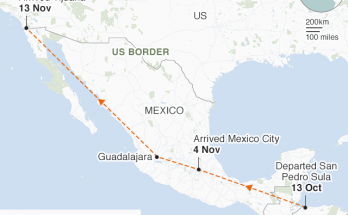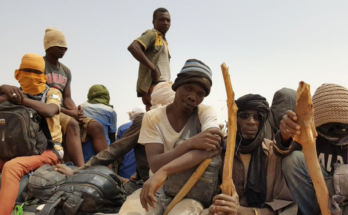 The report “Europe’s forgotten people: protecting the human rights of long-term displaced persons” was prepared by rapporteur of PACE
The report “Europe’s forgotten people: protecting the human rights of long-term displaced persons” was prepared by rapporteur of PACE
The report “Europe’s forgotten people: protecting the human rights of long-term displaced persons” by rapporteur of PACE Committee on Migration, Refugees and Population John Greenway is ready.
APA reports, the report has been included into the agenda of the summer session to be held on June 22-26.
John Greenway notes that more than 2.5 million Europeans in 11 of the 47 member states of the Council of Europe continue to be deprived of their homes and possessions as the result of various conflicts lasting decades without resolution. These persons are internally displaced persons (IDPs), and most of them live in destitution, struggle to enjoy their rights and suffer marginalization within their societies.
Greenway touches on the state of the people displaced as a result of Abkhazia, South Ossetia and Nagorno Karabakh conflicts.
Let’s remind you that, the rapporteur visited the region on May 4-8 to prepare the report. The visit aimed at concerning with the policy pursued by Azerbaijani, Armenian and Georgian governments for protection of the rights of IDPs.
“With its estimated 573,000 – 603,000 IDPs, Azerbaijan has the greatest per capita concentration of displaced persons in Europe. As a result of continued political deadlock over the future of Nagorno-Karabakh and its surrounding districts, the situation of most Azerbaijani IDPs is at a standstill,” John Greenway writes in the report.
While underlining the right of IDPs to return voluntarily to their former homes in safety and dignity, the rapporteur welcomes the recent change in the Government’s policies to provide adequate living conditions to displaced persons in need as well as its efforts in bringing legislation in line with the UN Guiding Principles. The Government of Azerbaijan seems to take its responsibilities seriously. In line with the 2004 State Programme on IDPs, the last tent camps of IDPs were closed in December 2007. Since 2001, the government has resettled altogether some 90,000 IDPs from the worst IDP settlements to 49 new villages.
All IDPs the rapporteur spoke to considered return to their homes in Nagorno-Karabakh as the only possible solution to their plight.
“The 2007-2011 State Programme for IDPs has the budget of 1 billion USD and foresees further settlement of some 75,000 IDPs into new villages, the construction of new infrastructure and the creation of work opportunities. In 2008 alone, 336.9 million AZN (approx 336 million EUR) were allocated from the state budget, State Oil Fund and other sources to solve the social problems of IDPs and refugees. This constitutes more than a three-fold increase compared to five years ago,” the rapporteur writes.
Greenway says apart from those resettled, about half of IDPs continue to live in harsh conditions. “Additional concerns include access to quality education or health services, in particular psychological health treatment. Some 60 per cent of the displaced children are taught in segregated classes. Poverty has caused some displaced pupils/students to drop out of school, as has the movement of families and early marriage in the case of girls. Further efforts are needed to ensure that displaced children can attend separate or mixed schools, that there are no financial barriers and that they can receive quality education,” he says.
During his visit, the rapporteur was briefed on the Government’s Framework Plan on the Return of Displaced Persons, commonly known as the “Great Return” programme, currently being drafted by 32 state agencies and international organisations. This document is supposed to provide for the return of the ethnic Azerbaijanis after resolving the conflict and paying off compensation (estimated at 60 billion USD).
The rapporteur appeals to the Azerbaijani authorities, together with the international community, to carefully study and plan the costs, reconstruction needs, public awareness and psychological preparedness of the potential returnees, and to compile a proper register of titles and other forms of evidence for property left behind by IDPs. The international community should also be more actively involved in clearing potential return areas of mine-fields and unexploded ordnance.
AzerTAg



